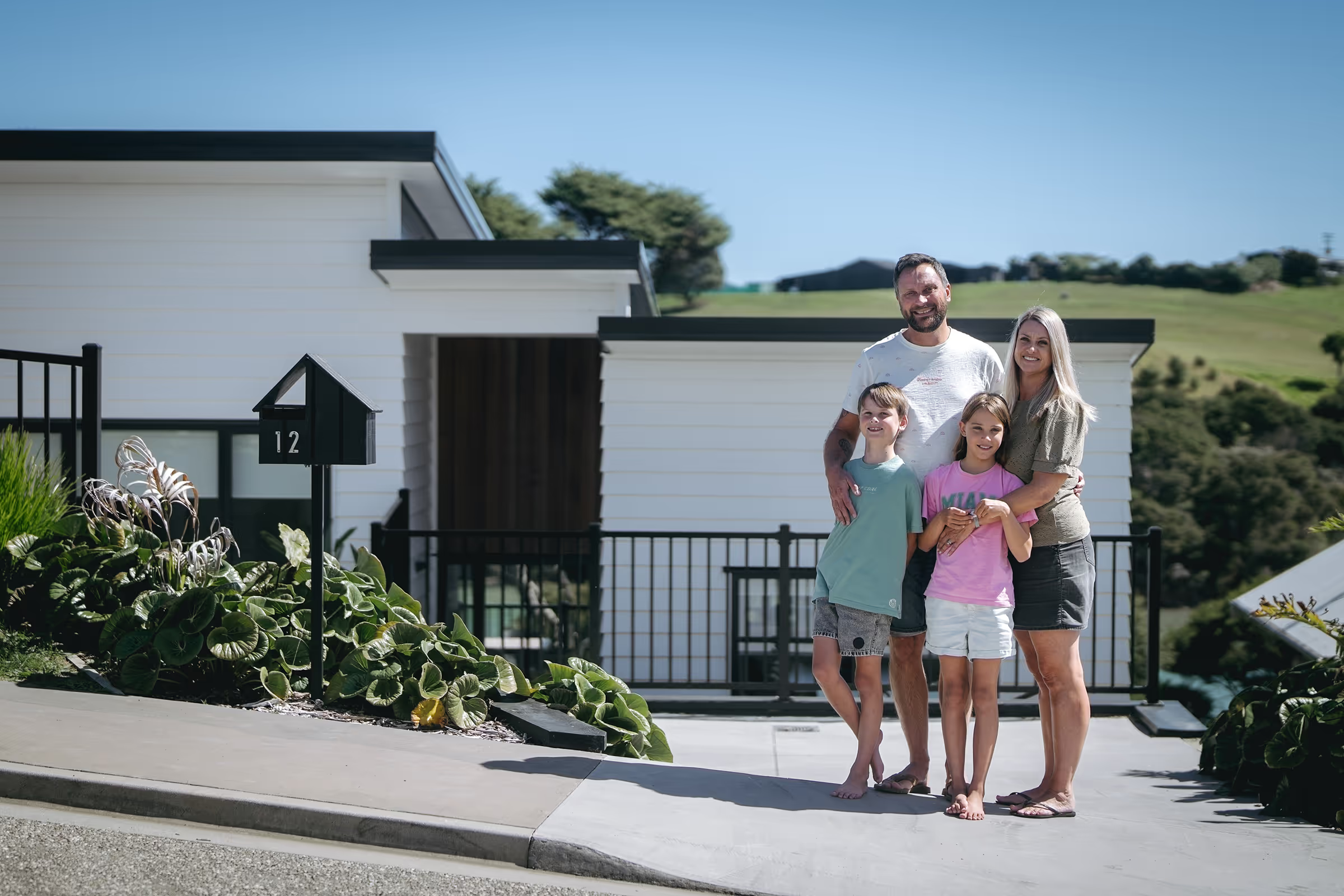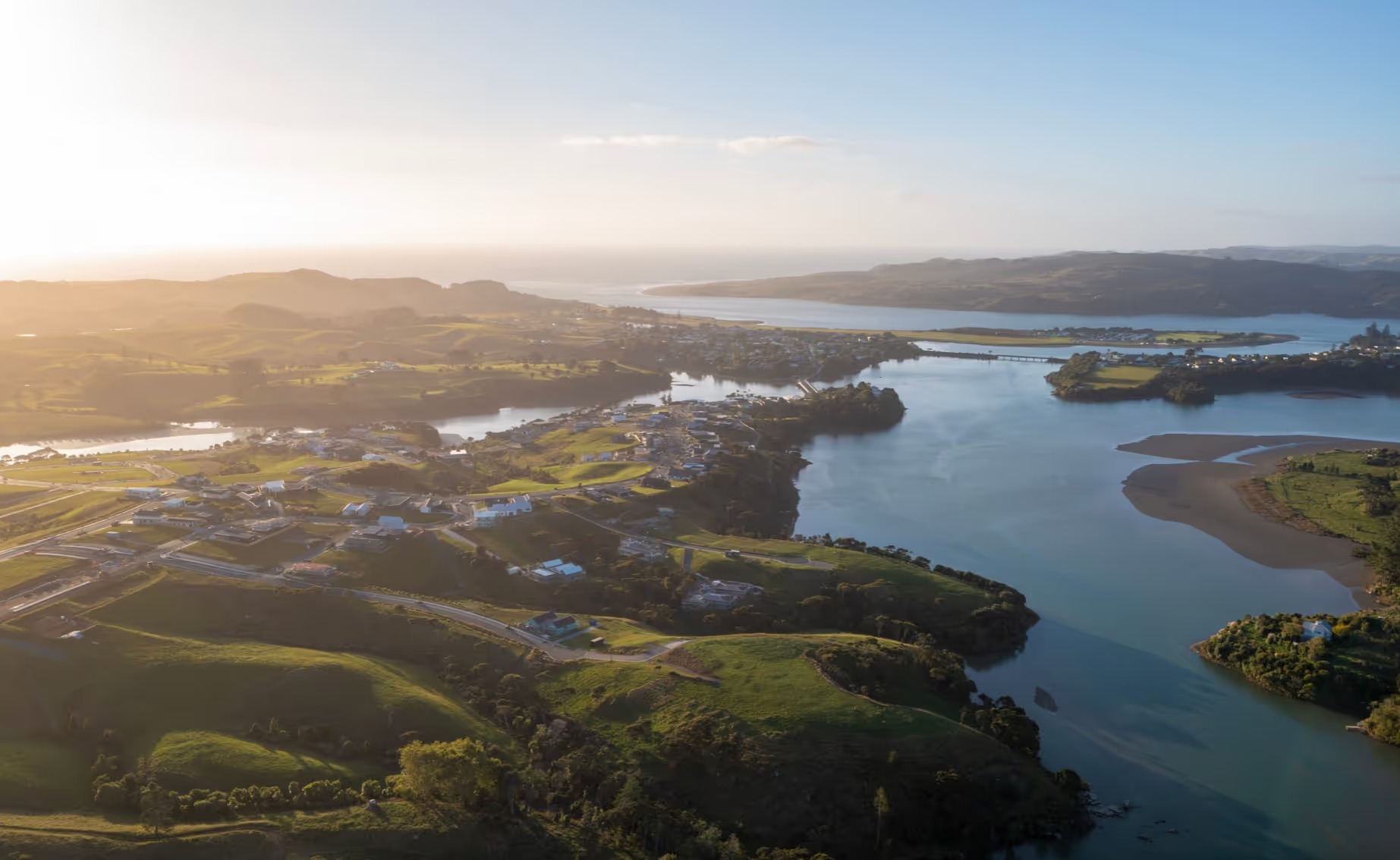Design Guideline Series: Fence Design + Inspiration
There are certain requirements that each property needs to achieve with regards to fencing at Rangitahi. We would like to see a variety of designs when it comes to fencing, but also lower heights overall, and no fencing where possible.
Our goal is to create a welcoming, friendly neighbourhood, where neighbourly interactions are encouraged and welcomed. We ultimately want to inspire section owners to come up with creative design responses to their site that aren't cookie cutter, and reflect the unique Raglan coastal style. We have collected some inspiration of fencing to inspire section owners to design and build high-quality contemporary fencing for their Rangitahi property.
You can view our Design Guidelines, here.

It is necessary to have a professional landscape architect or garden designer onboard when designing your home for Rangitahi. Property owners must submit a landscaping plan at both stages of the design review process, first at concept stage and then a more in depth plan at developed design stage.
Key points to consider when designing your fencing are;
- Fencing in the front yard is discouraged, but is permitted.
- Fencing must be no higher than 1.2m forward of the building line.
- Solid fencing can be built on side yards only.
- Fencing must be stepped down with the contour of the land.
- Where required fencing adjoining a street, laneway, reserve or walkway, It must be slated - at least 25% visually permeable and no higher than 1.2metres.
- All timber fencing must be dressed, painted or stained and be designed to compliment the style of the home.

Planting is an integral part of creating a successful fence design, by adding layered planting in front of the fencing, you can soften the visual impact and integrate the fence into your landscaping design. To create a really nice entrance way planting can break up hard surfaces and other materials. With planting a little can go along way, and it doesn't take much to create a low maintenance garden. Keep it simple and choose species that are best suited to the coastal environment.


When submitting your landscaping plan to the design review panel, we need to see where the fencing is located, the height of the fence and if/where it steps down with the land. The materials and design need to be detailed and marked up on a professional plan. All landscaping plans need to be drawn to the appropriate scale and clearly labelled. You can find more information on what's required for your landscaping plan in our design guideline document, which you can download from our website here.


.svg)





































































































.svg)